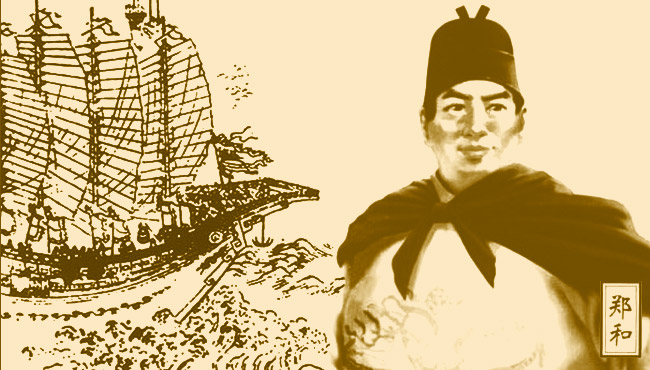
Sailing the Seven Seas
“My heart yearns for the sea,” sighs a sailor as he gazes wistfully into the horizon, where the sky and sea seem to blend together... What was so appealing about the sea? The intrigue of the unknown? The tantalization of treasure? The exhilaration of adventure? Behold—the lure of the sea!
Perhaps I got a little carried away, but don’t you think life’s so much more exciting when there’s a bit of imagination? For us, life on tour is one big routine: get up, go to the theater, have dance class, eat, warm up, perform, go back to the hotel, sleep. Repeat, for a few months. So I like to inspire myself sometimes by changing my perspective. These days, I’m musing about life on the vast ocean.
Did you know that the stage is actually very similar to a ship? I realized this connection the other day when sitting in the auditorium, staring at the stage. The curtains lining the two sides of the stage looked like small sails and the main curtain was like the main sail. As our stage manager walked solemnly across the stage with his hands clasped behind his back, I was reminded of a ship’s captain surveying the deck.
A ship’s staff is called a crew and theaters have stage crews. Sailing terms for sides of the ship have stage parallels: the bow is like the downstage, the aft is upstage, port side would be stage left, and starboard stage right.
All successful ship journeys start and end at a dock, and our theater experience begins and concludes at the loading dock.
The ship has a rigging system for pulling up the sails, and theaters call their system of ropes and pipes “rigging” as well. A captain of the stage might lift his head and holler, amidst the tumult of clangor around him: “Up on the rail, fly out number 35!” And a muscle-bound man some 80 feet above will pull on the rope, lift the counter weight, and fly open a beautiful new sail.
In the theater, the dancers and musicians are the sailors of our mighty vessel; with a steady tempo from our first mate (the conductor) we work together to keep our sailing smooth.
In the Korean movie Pirates, there’s a line that goes: “Same ship, same fate,” which sums up the friendships (pun intended) we build on our journey.
We often face extreme weather conditions on our voyage. Sometimes the bright sun pierces your eyes and seems to be coming from all directions at once (stage lights). Occasionally, we sail into fog storms (dry ice) or headfirst into darkness (blackouts).
There’s a combination of tranquility and anticipation when staring out into the quiet, empty sea (auditorium) before the journey begins. But once the main sail (curtain) is hoisted, the excitement starts. Looking out into the sea of eager faces and listening to wave after roaring wave of applause slapping against the hull of our ship, our hearts fly high over the sea.
And there’s one last interesting parallel. In the olden days, sailing expeditions sought routes to exotic places to establish trade. Sailors were motivated by the prospect of adventure, riches, and fame. Although many expeditions failed, there were some lucky discoveries. These adventures brought about historic cultural exchanges.
During the Ming Dynasty, explorer Zheng He commanded an awe-inspiring fleet that sailed to many places of the world unknown to China back then. The riches he took with him on his voyages showed the wealth and prowess of the Middle Kingdom, and piqued in many foreign lands a strong interest in the Middle Kingdom and its civilization.
This interest is still evident today as millions of tourists flock to China each year and millions of dollars worth of Chinese artifacts are housed in museums around the world. Sadly though, much of the traditional Chinese culture has been lost to time or destroyed by the Chinese Communist Party.
Our own voyage carries the mission of reviving traditional Chinese culture. This culture, or any culture for that matter, is a whole lot more than just artifacts—the essence of it can be found in the morals of the stories passed down through time, which is exactly what we are sharing as we sail the seven seas.

Lois Kuang
Contributing writer
May 19, 2016






